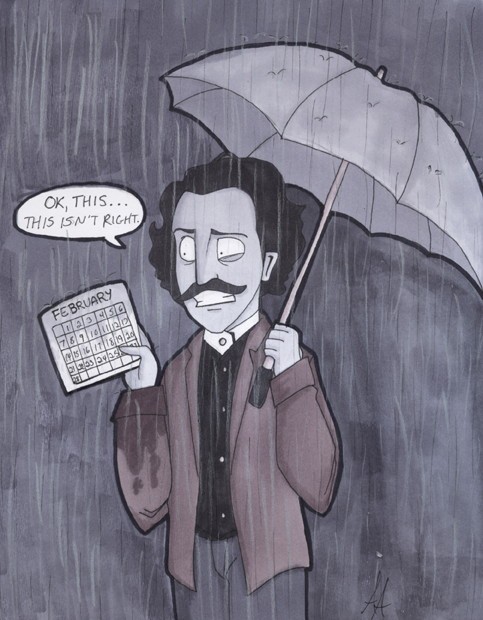Environmental realism could be the solution to climate change
It hurts to think about, but public policy needs it
According to British-Canadian geopolitical expert Gwynne Dyer’s latest book, Climate Wars, two degrees Celsius is the maximum “safe level” to which global temperatures can rise compared to pre-industrial times without ensuring catastrophic climate change consequences.
But since two-thirds of the Earth’s surface area is ocean (which is cooler than land), he explains that “even a modest rise in temperatures of 1.3 degrees would translate into 2 degrees Celsius hotter on land masses, even hotter in the middle of the continents, and much hotter in the high latitudes – up to 4 or 5 degrees Celsius hotter in the high latitudes around the poles.”
Moreover, the further melting of permafrost in the Arctic will release millions of tonnes of methane a year, which is a faster-acting greenhouse gas than carbon dioxide, thereby initiating run-away climate change.
Not even a meeting of Barack Obama and Brad Pitt in the White House could change anything at that point (which, by the way, actually happened).
Gwynne Dyer spoke about this foreseeable reality at the University of Manitoba two weeks ago. There isn’t a lot of hope in his message, but still enough to not walk to the nearest LC and drink to forget.
Although it doesn’t offer the same outlook for a bright future as, say, Obama’s The Audacity of Hope, it won’t delude you into believing that everyone can live the American dream. It offers something else: A swift kick in the ass.
The facts are in and the implications of climate change are very likely to be much more severe than the Intergovernmental Panel on Climate Change’s (IPCC) 2007 report. If we don’t start decreasing our greenhouse gas emissions immediately, we are screwed.
And a changing climate is just the beginning. Predictions concerning wars over resources for food and water ultimately ensue. What’s needed to counteract these possibilities is enough political will to pour billions into overhauling the global energy grid.
But how do you get the political will? Cuts of 80 per cent (below 1990 levels) in greenhouse gas emissions by 2050 are not enough to prevent runaway climate change. Nor are 20 per cent cuts by 2020.
How do we act upon the harsh realities that Dyer spells out in his phenomenally well-researched and referenced book? One option is that we could use a strategy straight out of George W. Bush’s own playbook.
Instead of fear-mongering about the relatively minor threat of terrorism, we launch a reality-driven public campaign that informs people of the facts about how desperate a situation climate change is. Our current federal government is too ignorant to do it, so unfortunately, we’ll have to wait for one that isn’t utterly useless on everything environmental. When we do have one, perhaps the idea of a pre-emptive strike can be applied to the idea of environmental security, and actually save lives.
What is needed is massive spending by governments to rapidly remove fossil fuels as the energy source for our economy. What’s needed for that is enormous spending on behalf of the government. A significant chunk of that comes from taxes.
But if George W. Bush got to spend billions towards the novel idea of pre-emptive strikes against terrorists, I have to believe that smarter and more eloquent leaders can convince their populations that we should spend billions against climate change.
They should tell the electorate that spending hundreds of billions on the environment will make the nation and the world safer.
I think voters will buy it if the urgency is tactically explained.
It may seem unlikely, but it’s an idea.
Matt Austman is a politics student at the University of Winnipeg.
Published in Volume 64, Number 19 of The Uniter (February 11, 2010)







